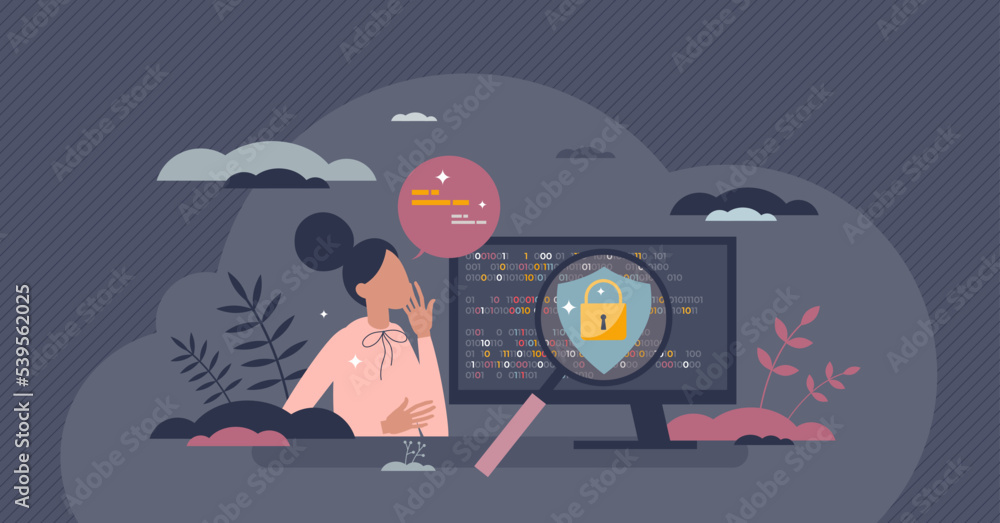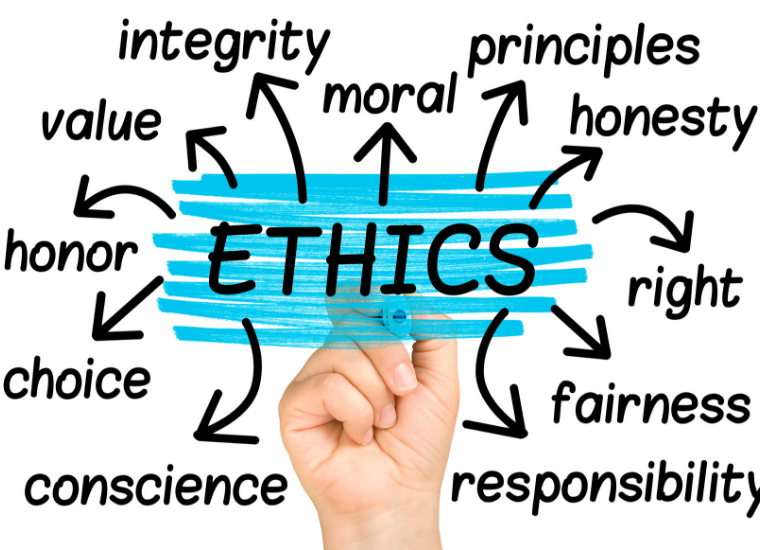Privacy in Digital Learning vs. Educational Needs

Image by Adobe stock
Privacy in digital learning is very important as it protects student data from unauthorized access and misuse. Student data is any information that is collected and stored by public bodies or institutions about individuals. As mentioned in our course content, to ensure consistent confidentiality and security of this information, the Freedom of Information and Protection of Privacy Act (FIPPA) created guidelines for public bodies and institutions to follow. Although a large part of this responsibility is held by the institutions, students are still liable for educating themselves and standing up against anything that they do not feel comfortable with. I personally have never really thought about my online security, especially in University because everyone is using these tools. Almost everyone I know, including myself often accept and skip through the terms and conditions, without reading them.
A major challenge in balancing the benefits of a personalized learning experience and the need to protect student privacy. Some of the platforms that help create personalized learning experiences often track and analyze the collected data to provide a more tailored experience based on performance. If these platforms are not properly managed, then the risk of exposing sensitive student information is increased. Some strategies to improve and maintain privacy in digital learning is data minimization (collecting minimum necessary data), informed consent, regular reviews, and maintaining transparency.
Universal Design for Learning
The Universal Design for Learning (UDL) is a teaching approach that aims to make learning accessible and inclusive for all students by accommodating the learning needs of each individual. As we spoke about within our course content, the UDL was first invented for people with learning disabilities but later it was found to be beneficial for all individuals. UDL is very important as it increases educational outcomes by removing common barriers to learning, promotes inclusion, and recognizes that all individual are diverse. A few examples of how teachers can use a UDL approach are offering text, audio, and visual resources for lectures and making these resources available outside of class time. This ensures that students can choose the method that best works for their learning style and choose their learning environment. I personally don’t learn well in in-person classes, especially with large class sizes. I find the extra sounds and overall environment to be distracting and hard to learn in, however when given the option to later go back or watch the lecture in a less distracting environment, I am able to retain a lot more of the content.
Ethics and Digital Tools in Education

Imagine by Sifat Yasir on Medium
Using digital tools in education ethically is very important as it has direct impacts on students and institutions privacy, equity, and overall learning outcomes. The article “Ethical Challenges of EdTech, Big Data, and Personalized Learning: Twenty-First Century Student Sorting and Tracking,” highlights how technologies such as big data and personalized learning offer diverse educational experiences, while also raising concerns about data security in student tracking. To protect student information it is crucial that when using these tools, to use ethical practices that align with Freedom of Information and Protection of Privacy Act (FIPPA). Some examples of how we can ensure ethical practices is by checking where data is collected, stored, and used. In our weekly video it was mentioned that some websites store their data outside of Canada, which does not align with FIPPA. Other ways to ensure ethical practices when using digital tools is by being transparent and allowing students to have autonomy over their data. These practices help to create a fair, secure, and inclusive learning environment.
Leave a Reply